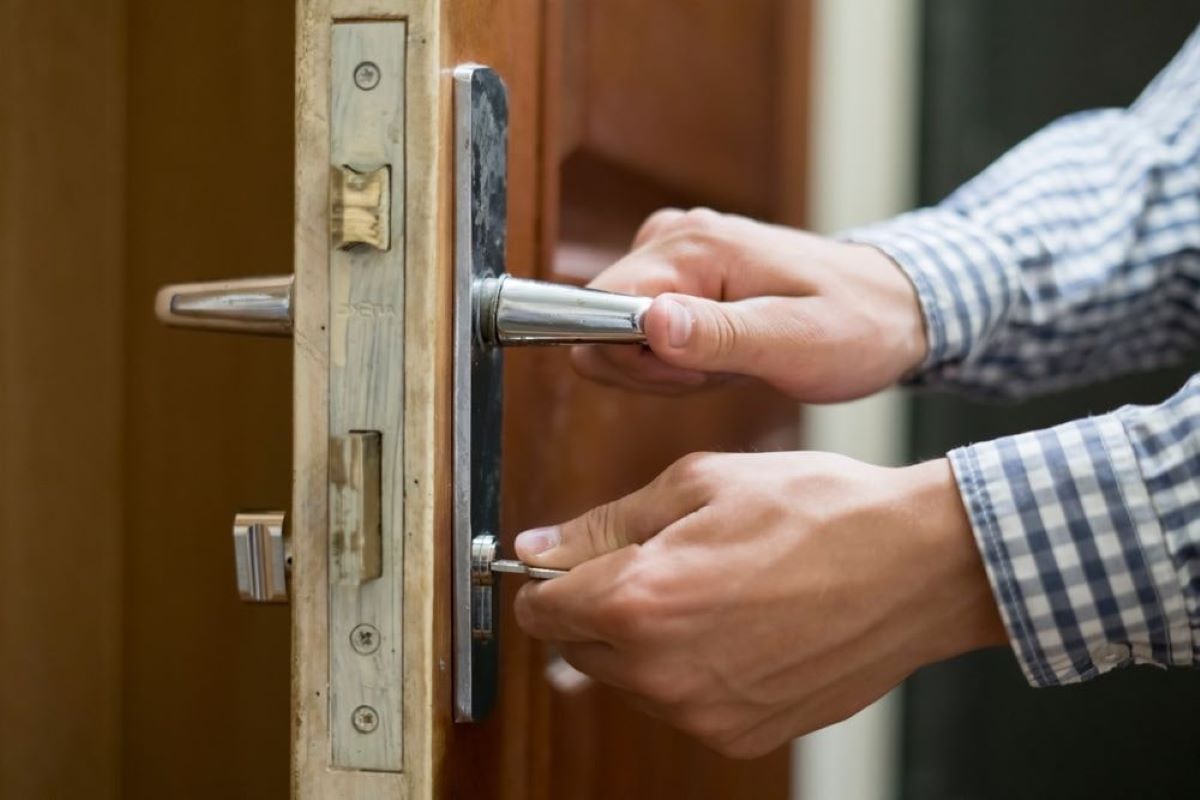

Articles
How To Repair Doors
Modified: January 19, 2024
Discover helpful articles on door repairs and how-to guides to enhance the functionality and appearance of your doors. Expert tips and step-by-step instructions for all your door repair needs.
(Many of the links in this article redirect to a specific reviewed product. Your purchase of these products through affiliate links helps to generate commission for Storables.com, at no extra cost. Learn more)
Introduction
Doors are an integral part of our homes, providing privacy, security, and a sense of comfort. But over time, even the sturdiest of doors can encounter problems that require repair. Whether it’s a squeaky hinge, a loose doorknob, or a sticking door, addressing these issues can help ensure that your doors function properly and stand the test of time.
In this article, we will explore common door problems and provide step-by-step instructions on how to fix them. We will also discuss the tools and materials you will need for these repairs. So, grab your toolbox and let’s dive into the world of door repairs!
Key Takeaways:
- Addressing common door problems such as squeaky hinges, loose door knobs, and sticking doors is achievable with simple repairs and maintenance, enhancing both functionality and aesthetics.
- By following the step-by-step instructions provided in this article and using the necessary tools and materials, homeowners can confidently tackle door repairs and enjoy the satisfaction of rejuvenating their doors.
Read more: How To Install Chimney Cleanout Door
Common Door Problems
Before we delve into the solutions, let’s first identify some of the most common door problems you might encounter:
- Squeaky Door: A door that produces an annoying squeaking sound whenever it’s opened or closed.
- Loose Door Hinge: A door that wobbles or hangs unevenly due to a loose hinge.
- Broken or Stuck Door Knob: A door knob that doesn’t turn properly or doesn’t latch securely.
- Sticking Door: A door that doesn’t open or close smoothly and gets stuck along the frame.
- Holes in the Door: Unsightly holes or dents in the door that need to be patched.
- Worn or Chipped Paint: Faded, chipped, or peeling paint that requires touch-ups or repainting.
Now that we have identified the common door problems, let’s move on to the solutions. Remember, by addressing these issues, you can not only improve the functionality of your doors but also enhance the overall aesthetics of your home. It’s time to roll up your sleeves and get started on those door repairs!
Tools and Materials Needed
Before you begin any door repair project, it’s important to gather the necessary tools and materials. Here’s a list of the commonly used items:
- Screwdriver: Both Phillips and flathead screwdrivers will come in handy for various door repairs.
- Hammer: A hammer will be needed for removing and inserting nails or for light tapping.
- Pliers: Pliers can be useful for gripping and twisting small objects like screws or wires.
- Lubricant: A lubricant, such as WD-40 or a silicone-based spray, will help fix a squeaky door hinge.
- Door Knob Replacement Kit: If you need to replace a door knob, make sure you have a kit that includes the new door knob, screws, and the necessary hardware.
- Wood Filler: Wood filler is essential for patching and repairing holes in a door.
- Sandpaper: Sandpaper will be required for smoothing out the patched areas or for preparing the door surface for painting.
- Primer and Paint: If you plan on repainting the door, you will need primer and the paint color of your choice.
- Paintbrushes, Rollers, or Spray Gun: Depending on your preferred painting method, gather the necessary painting tools.
- Drop Cloth: A drop cloth or old sheets will protect your floor or surrounding area from paint spills.
These are the basic tools and materials you will need for most common door repairs. However, the specific requirements may vary depending on the nature of the problem you’re addressing. Always assess the situation beforehand and ensure you have the necessary items on hand to complete the repair successfully.
Now that we have the tools ready, let’s move on to fixing those troublesome doors!
How to Fix a Squeaky Door
Is that annoying squeaking sound every time you open or close a door driving you crazy? Don’t worry, fixing a squeaky door is easier than you might think. Follow these steps:
- Identify the Hinge: Locate the specific hinge that is causing the squeak.
- Apply Lubricant: Using a lubricant like WD-40 or a silicone-based spray, spray a small amount onto the squeaky hinge and the mechanism.
- Operate the Door: Slowly open and close the door several times to allow the lubricant to work its way into the hinge and mechanism.
- Wipe off Excess Lubricant: Use a clean cloth to wipe away any excess lubricant from the hinge.
- Test the Door: Open and close the door again to see if the squeak has been eliminated. If not, repeat the lubrication process and ensure that you apply the lubricant to all hinges.
- Tighten Loose Hinges: If the squeak persists, check if any of the hinges are loose. Use a screwdriver to tighten the screws on the loose hinge.
By following these steps, you can silence that annoying squeak and have a smooth-operating door once again.
Remember, regular maintenance and lubrication can help prevent future squeaks. So, make it a habit to maintain your door hinges and keep them well-lubricated to ensure they continue to function quietly.
How to Repair a Loose Door Hinge
A loose door hinge can cause a door to hang unevenly or not close properly. Fortunately, fixing a loose hinge is a straightforward process. Follow these steps to repair a loose door hinge:
- Identify the Loose Hinge: Determine which hinge is causing the door to be loose.
- Tighten the Screws: Using a screwdriver, tighten the screws on the loose hinge. Start by tightening each screw a little at a time, alternating between them to achieve an even and secure fit. Be careful not to overtighten, as it can strip the screw holes.
- Consider Using Longer Screws: If the screws don’t tighten properly or if the screw holes are stripped, remove the screws and replace them with longer ones. Ensure that the length of the new screws is suitable for the thickness of the door and the frame, providing a strong anchoring point.
- Fill Stripped Screw Holes: If the screw holes are severely stripped and longer screws won’t hold, you can fill them with wooden toothpicks or wooden dowels and wood glue. Break off the excess toothpick or dowel, leaving it flush with the surface. Once the glue dries, reinstall the screws into the repaired holes.
- Test the Door: Close and open the door to ensure it hangs correctly and securely. If the door still feels loose, repeat the tightening process or consider seeking professional help.
By following these steps, you can easily fix a loose door hinge and restore the stability and functionality of your door. Remember to regularly inspect the hinges and tighten any loose screws to prevent further issues.
Regularly lubricate the hinges and locks of your doors to prevent squeaking and ensure smooth operation. Use a silicone-based lubricant for best results.
Read more: How To Replace Closet Door
How to Replace a Door Knob
If your door knob is broken, worn out, or simply outdated, replacing it can give your door a fresh new look. Here’s a step-by-step guide on how to replace a door knob:
- Gather the Replacement Door Knob: Purchase a new door knob that matches the style and size of your existing one.
- Remove the Old Door Knob: Unscrew and remove the screws on the plate or plates of the door knob on both sides of the door. Pull the two halves of the door knob away from the door.
- Remove the Latch Plate: Unscrew and remove the screws holding the latch plate in place on the edge of the door. Carefully remove the latch plate.
- Insert the New Latch Plate: Position the new latch plate in the opening on the edge of the door and secure it with screws. Ensure that the latch extends properly and smoothly.
- Attach the New Door Knob: Take the two halves of the new door knob and align them with the latch plate on the door. Insert the connecting spindle into the latch mechanism.
- Screw in the Plate: Align the screw holes on the plate or plates of the new door knob with the corresponding holes on the door. Secure the door knob in place by tightening the screws.
- Test the New Door Knob: Close and open the door to ensure that the latch operates smoothly and the door knob functions properly.
Replacing a door knob is a relatively simple process that can be done with basic tools. Just ensure that you choose a door knob that is compatible with your door and follow the manufacturer’s instructions if provided.
Keep in mind that if your door knob is connected to a lock or a deadbolt, additional steps may be required. It’s recommended to consult the manufacturer’s guidelines or seek professional assistance for more complex installations.
How to Fix a Sticking Door
A sticking door can be frustrating to deal with, especially when it requires excessive force to open or close. But fear not, fixing a sticking door is a task that can be tackled with a few simple steps. Here’s how:
- Identify the Problem Area: Determine where the door is sticking by opening and closing it slowly. Pay attention to which part of the door is making contact with the frame.
- Inspect the Hinges and Screws: Check if any of the hinges are loose or if the screws need tightening. If necessary, use a screwdriver to tighten the screws to ensure a secure fit.
- Observe the Door Alignment: Look at the door from the top and sides to see if it is aligned properly within the frame. If it is visibly misaligned, you may need to adjust the hinges or seek professional help.
- Sand or Plane the Door: If the sticking occurs due to a tight fit against the frame, you can use sandpaper or a plane to remove small layers of wood from the edge of the door. Sand or plane in small increments, testing the door’s movement after each adjustment.
- Apply Lubricant: If the door still sticks after adjusting the fit, you can try applying a lubricant, such as a silicone-based spray, to the areas where the door makes contact with the frame. This can help reduce friction and make the door glide more smoothly.
By following these steps, you can alleviate the frustration of a sticking door and restore its smooth operation. Remember, it’s important to address sticking doors promptly to prevent further damage and ensure the longevity of your door.
In some cases, if the problem persists or if it’s a more complex structural issue, it may be necessary to consult a professional carpenter or door specialist for further assessment and repair.
How to Patch a Hole in a Door
Accidents happen, and sometimes we end up with unsightly holes in our doors. Whether it’s from a doorknob hitting the surface too hard or a misplaced item causing damage, don’t worry – patching a hole in a door is a fairly straightforward process. Here’s how to do it:
- Clean the Area: Start by cleaning the area around the hole to remove any dust, debris, or loose paint. Use a damp cloth or sponge to wipe the surface clean.
- Apply Wood Filler: Using a putty knife, fill the hole with wood filler. Press the filler firmly into the hole, ensuring it is level with the surface of the door. Smooth out any excess filler with the putty knife.
- Let the Filler Dry: Allow the wood filler to dry according to the manufacturer’s instructions. This typically takes a few hours, but it’s best to wait overnight for optimum results.
- Sand the Patched Area: Once the wood filler has completely dried, use fine-grit sandpaper to gently sand the patched area. Sand in small circular motions, feathering the edges to blend the patch with the surrounding door surface.
- Prime the Patched Area: Apply a coat of primer to the patched area. This will help the patch blend seamlessly with the rest of the door when painted.
- Paint the Door: Once the primer has dried, paint the entire door, including the patched area, with the desired paint color. Apply multiple thin coats for a smooth and even finish.
- Allow the Paint to Dry: Follow the paint manufacturer’s instructions regarding drying time between coats and the overall curing time.
By following these steps, you can effectively patch a hole in a door and restore its appearance. Remember to take your time and ensure each step is completed thoroughly for the best results.
If the hole is large or if you’re dealing with significant damage, it may be worth considering professional repairs or even door replacement. Consulting a professional can provide guidance and ensure a more durable and aesthetically pleasing outcome.
How to Paint a Door
Painting a door is a great way to refresh its appearance and breathe new life into your space. Whether you want to change the color or simply give it a fresh coat, here’s a step-by-step guide on how to paint a door:
- Prepare the Door: Begin by removing any hardware, such as door knobs or locks, using a screwdriver. Place them aside in a safe location. Clean the door surface with a mild detergent and water, and let it dry completely.
- Sand the Door: Lightly sand the door surface with fine-grit sandpaper. This will help remove any existing paint or varnish and create a smooth surface for the new coat of paint. Wipe away any dust with a clean cloth.
- Apply Primer: Apply a coat of primer to the door using a paintbrush or a roller. Ensure even coverage and pay attention to any areas that may require extra attention, such as knots in wood. Allow the primer to dry completely as per the manufacturer’s instructions.
- Paint the Door: Once the primer has dried, it’s time to paint! Use a paintbrush or a roller to apply the paint in smooth, even strokes. Start with the recessed areas, such as panels or grooves, and then move on to the larger flat surfaces. Apply multiple thin coats for a professional finish, allowing each coat to dry fully before applying the next.
- Touch up the Details: Once the main surfaces are painted, use a smaller brush to touch up any detailed areas, such as the edges or corners of the door. This ensures a neat and polished look.
- Reinstall the Hardware: After the final coat of paint has dried, reinstall the door hardware. Make sure everything is securely tightened and properly aligned.
- Allow the Paint to Cure: Be patient and allow the paint to fully cure before subjecting the door to regular use. This can take several days, depending on the type of paint used. Follow the instructions on the paint can for specific curing times.
Painting a door can be a rewarding and relatively easy DIY project. Just remember to choose high-quality paint and take your time to ensure proper surface preparation and application. With a fresh coat of paint, your door will add a renewed sense of beauty to your home.
If you’re uncertain about tackling the painting process on your own, consider seeking advice from a professional or hiring a painter to ensure a flawless finish.
Read more: How To Frame A Closet Door
Conclusion
Doors play a crucial role in our everyday lives, providing security, privacy, and aesthetics. However, like any other part of our homes, doors can encounter various issues over time. Fortunately, many common door problems can be addressed with simple repairs and maintenance.
In this article, we have explored some of the most common door problems, including squeaky hinges, loose door knobs, sticking doors, holes, and worn-out paint. We have provided step-by-step instructions on how to fix these issues, along with a list of tools and materials you will need for the repairs.
Remember, when addressing door repairs, it is essential to strike a balance between functionality and aesthetics. While ensuring that your doors work properly, take the opportunity to improve their appearance by patching holes, replacing door knobs, or giving them a fresh coat of paint.
By following the instructions outlined in this article, you can enhance the functionality and appearance of your doors without the need for professional help. However, it’s important to recognize your limits and seek professional assistance if the repairs require specialized knowledge or skills.
Now that you have the knowledge and tools necessary for door repairs, you can take on these projects with confidence. Remember to be patient and meticulous in your approach, and enjoy the satisfaction of rejuvenating your doors.
Happy repairing and may your doors continue to provide security, privacy, and beauty in your home for years to come!
Frequently Asked Questions about How To Repair Doors
Was this page helpful?
At Storables.com, we guarantee accurate and reliable information. Our content, validated by Expert Board Contributors, is crafted following stringent Editorial Policies. We're committed to providing you with well-researched, expert-backed insights for all your informational needs.
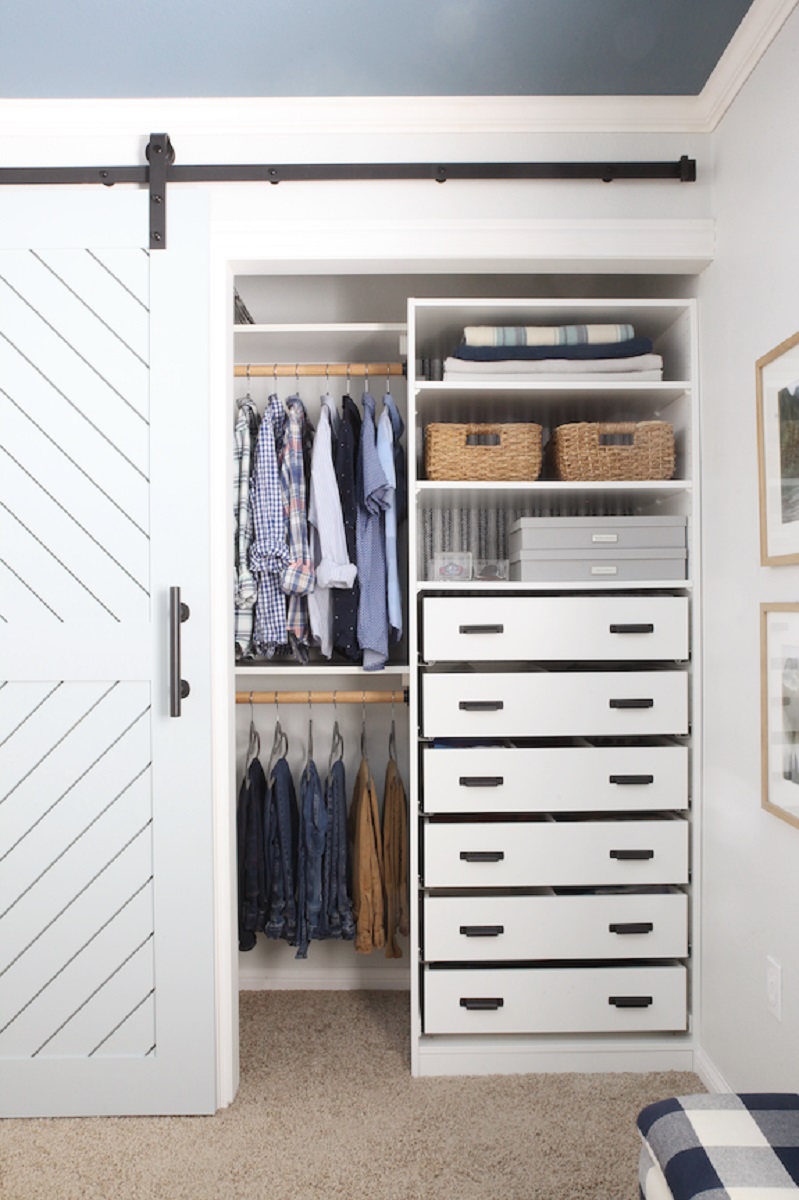
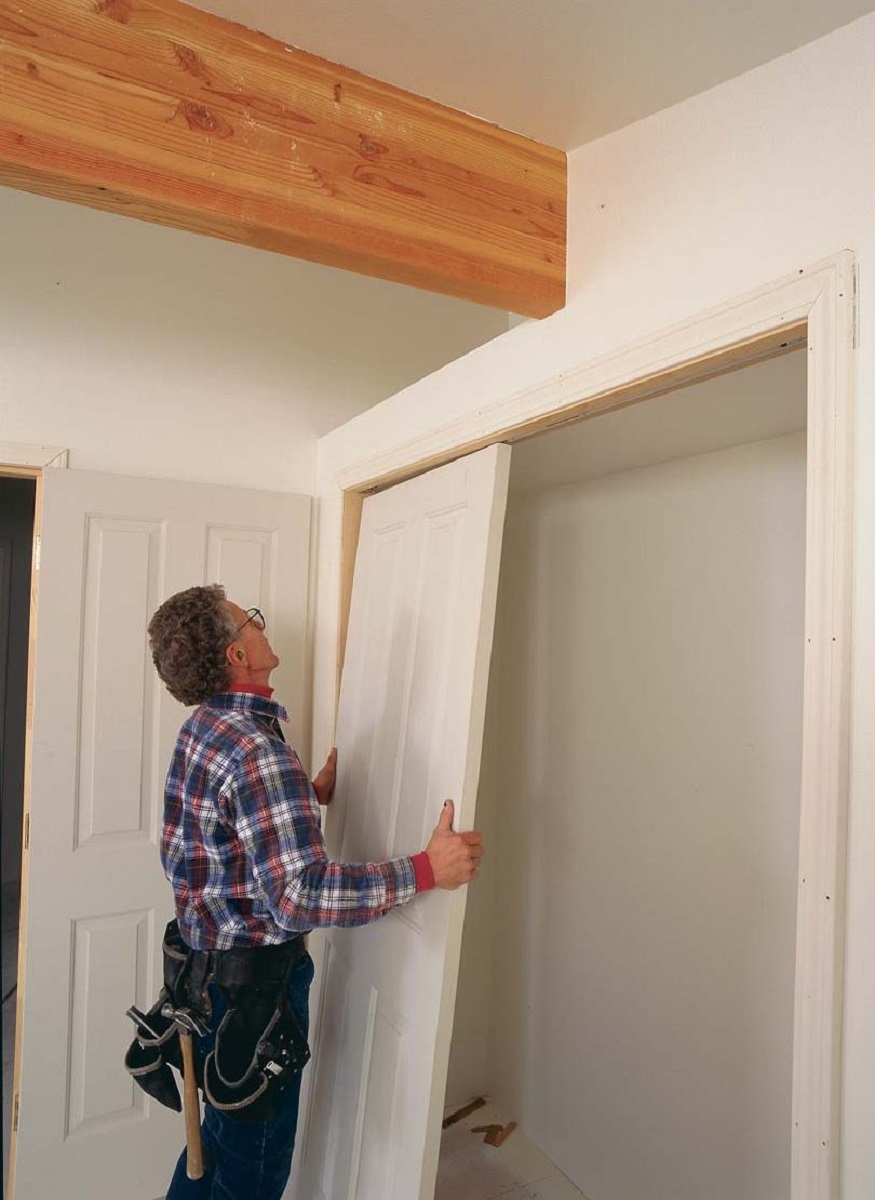
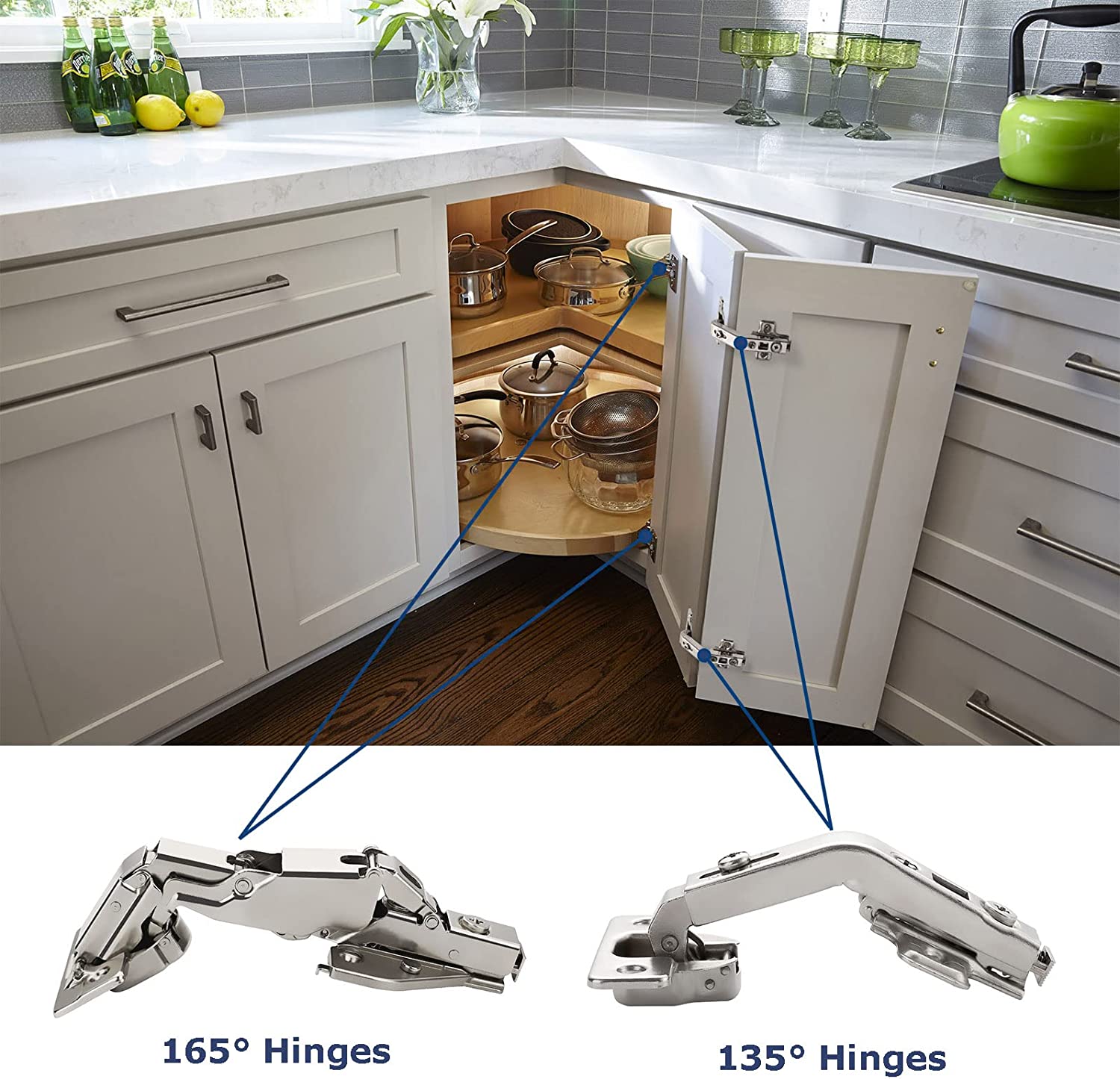
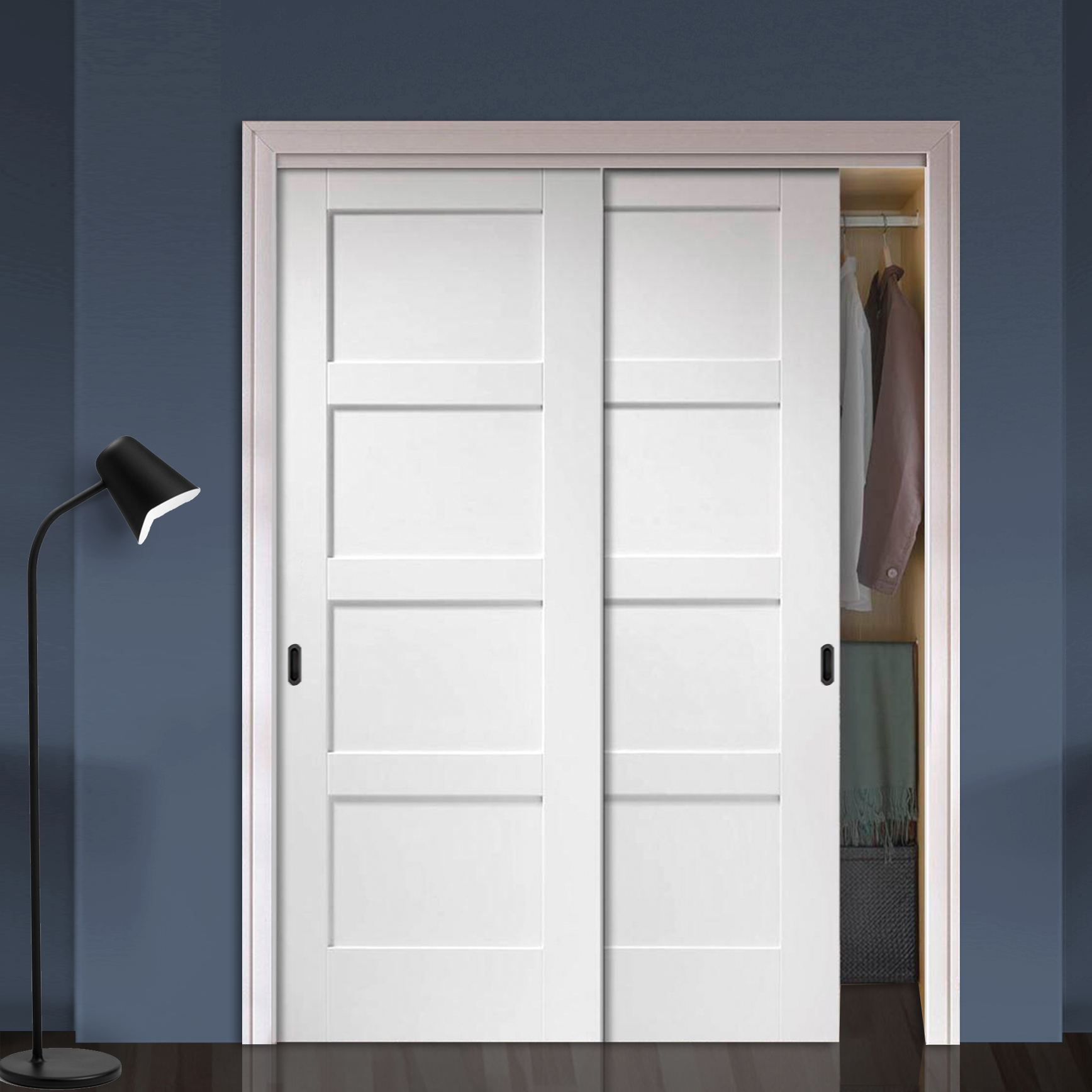
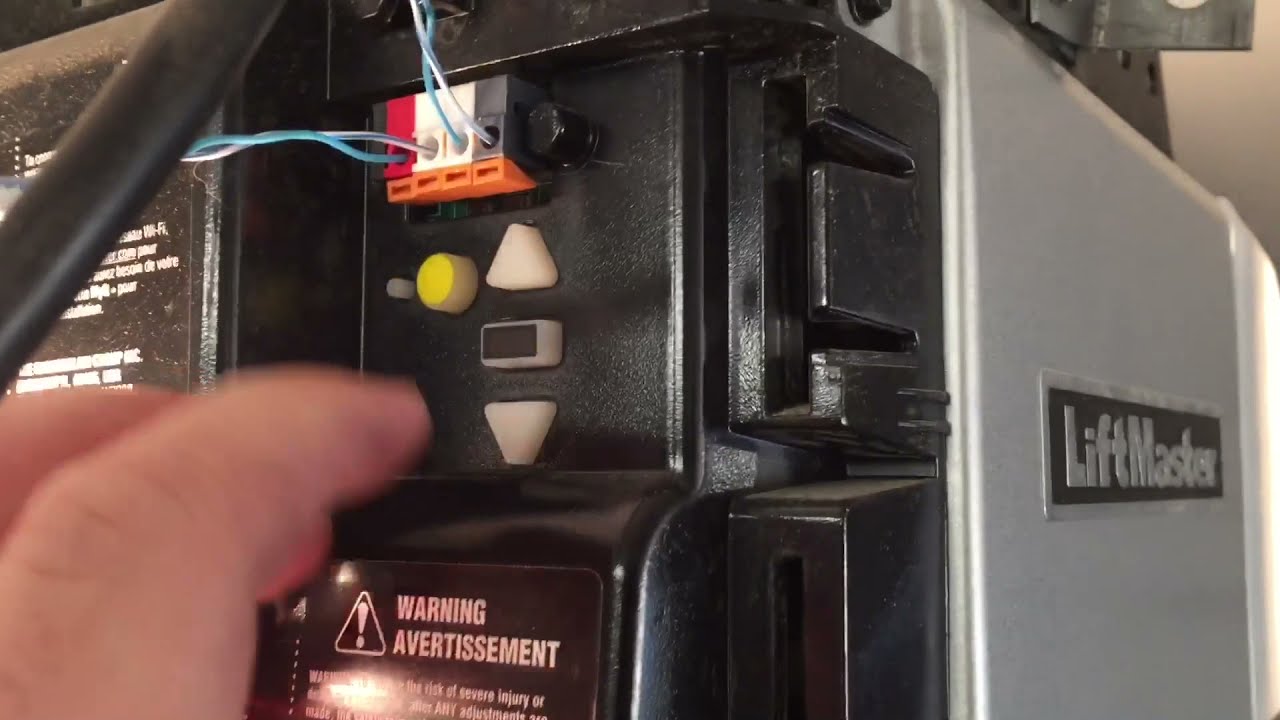
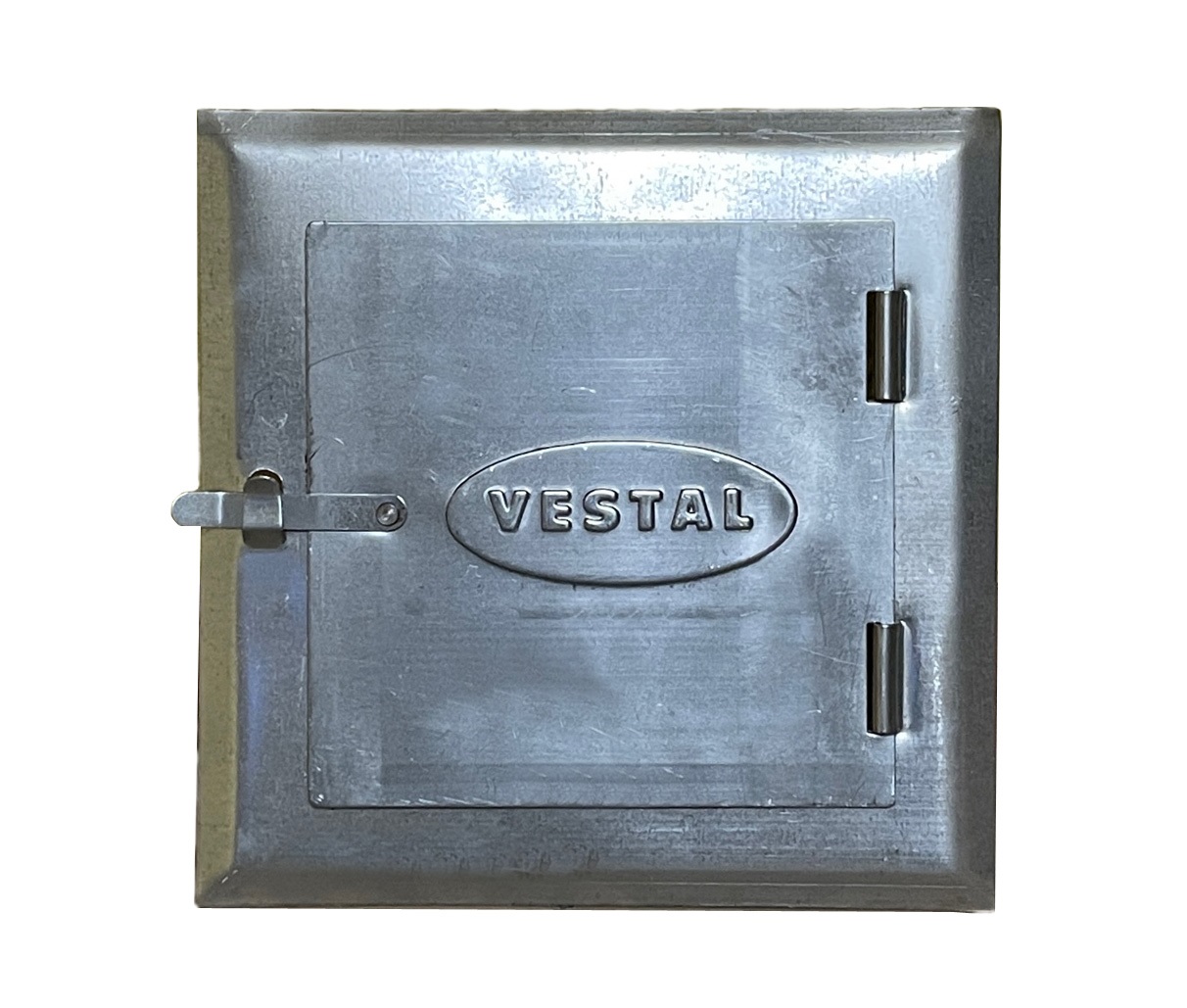
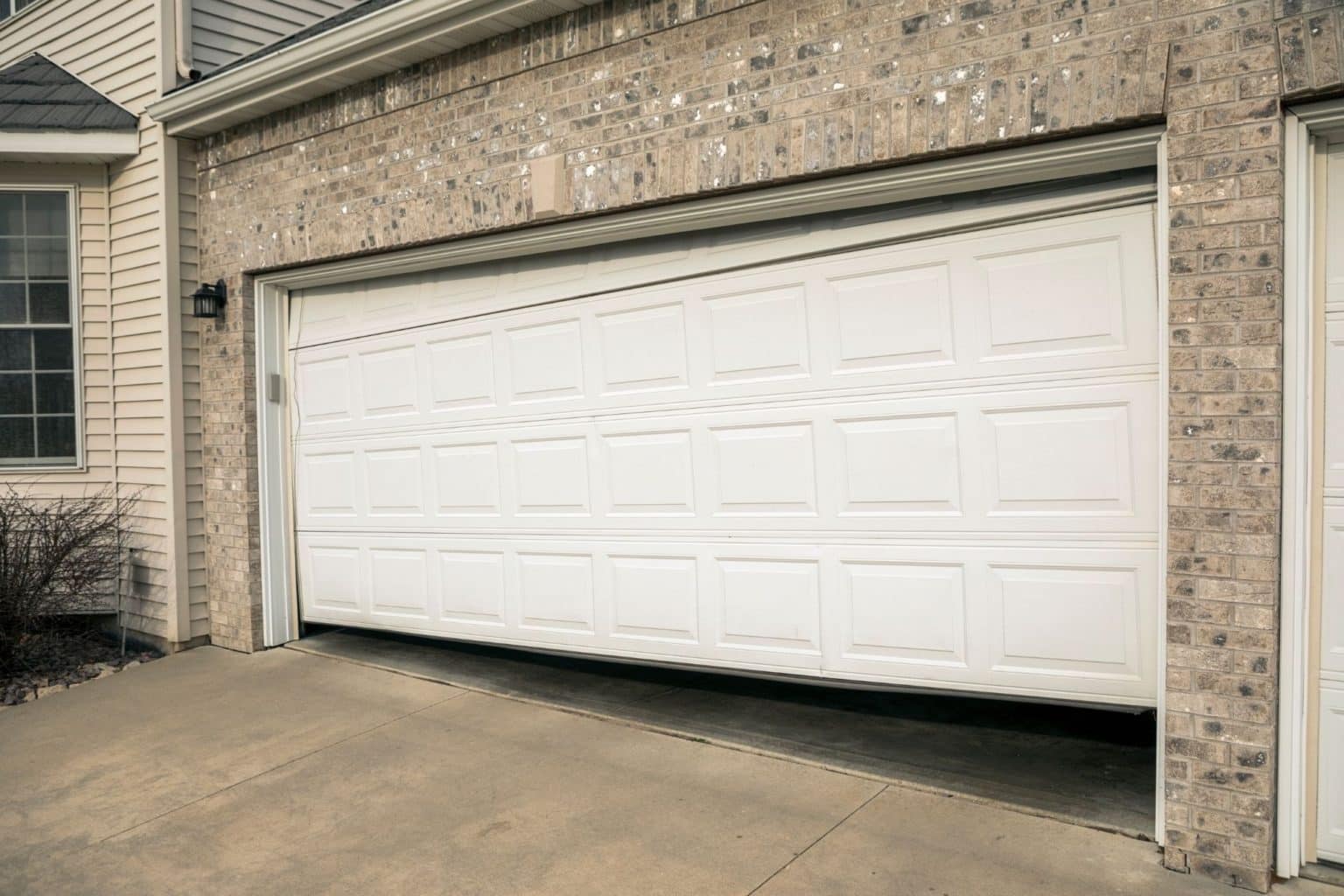
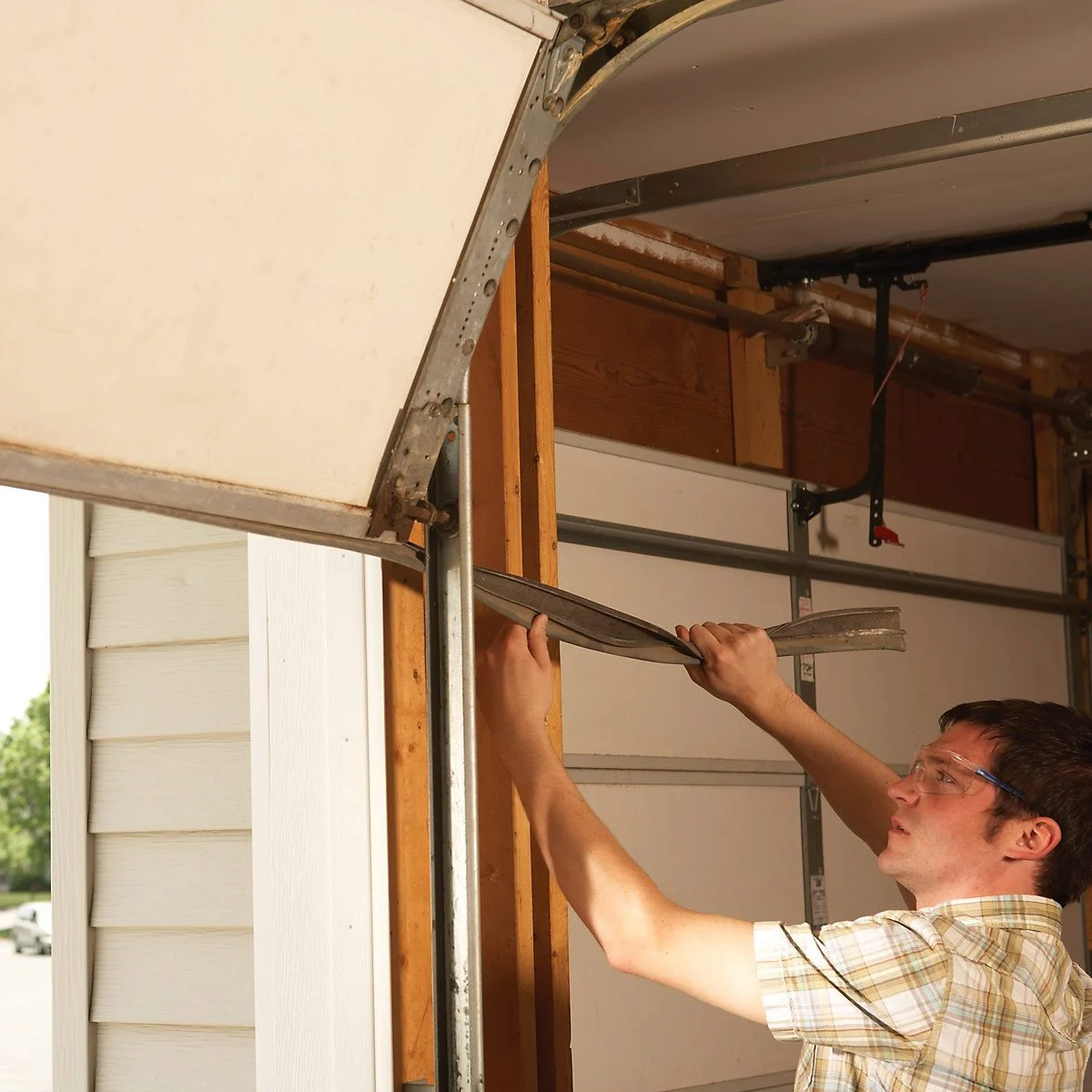
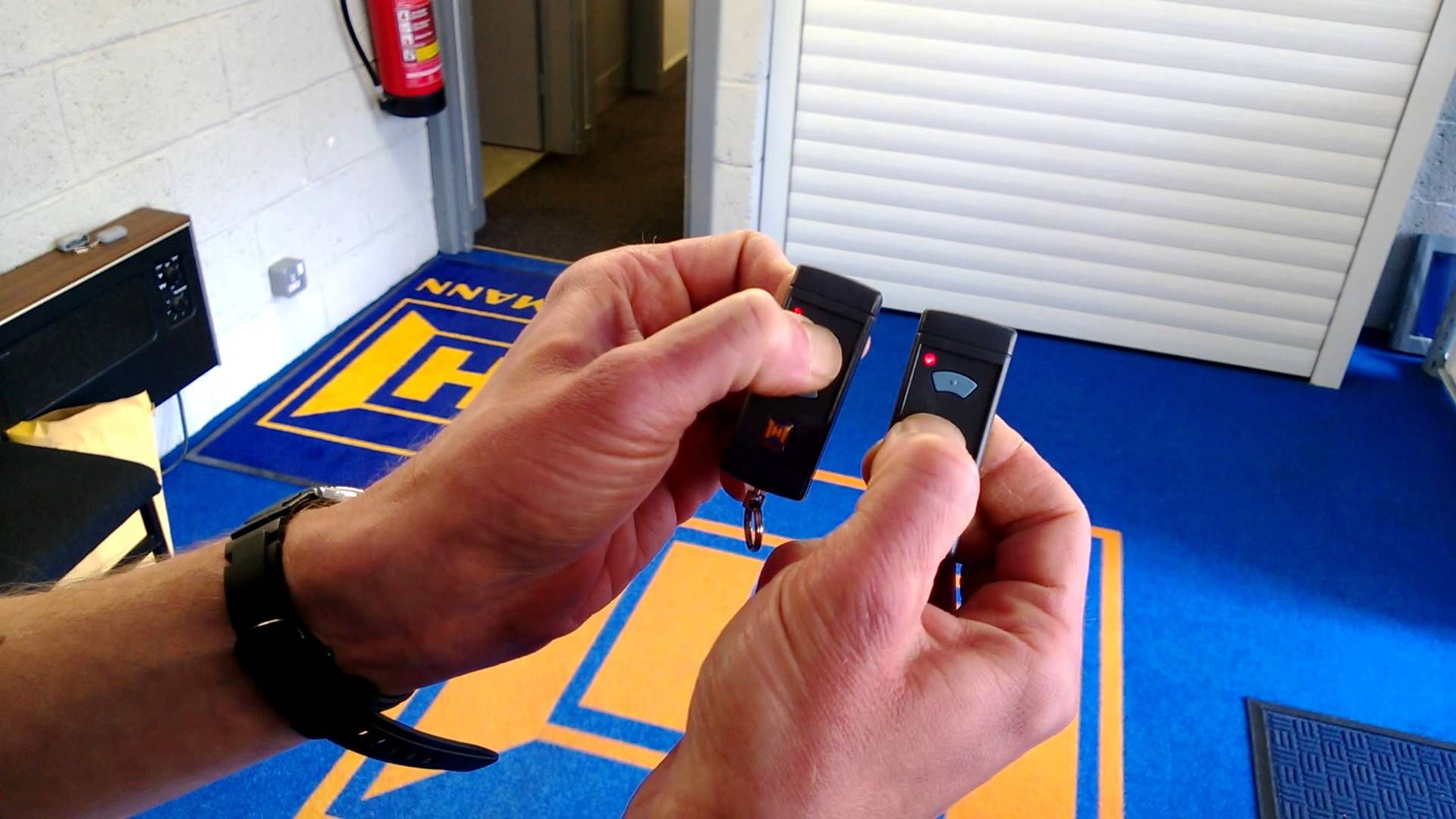
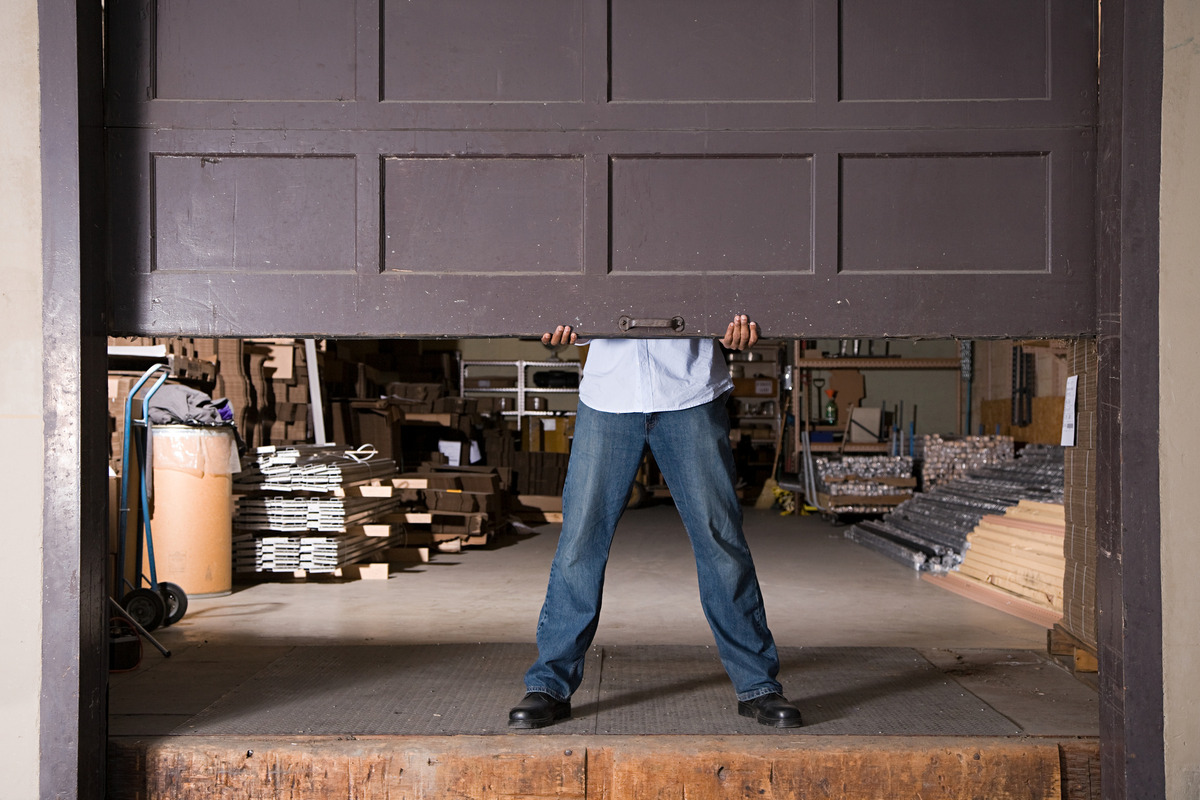
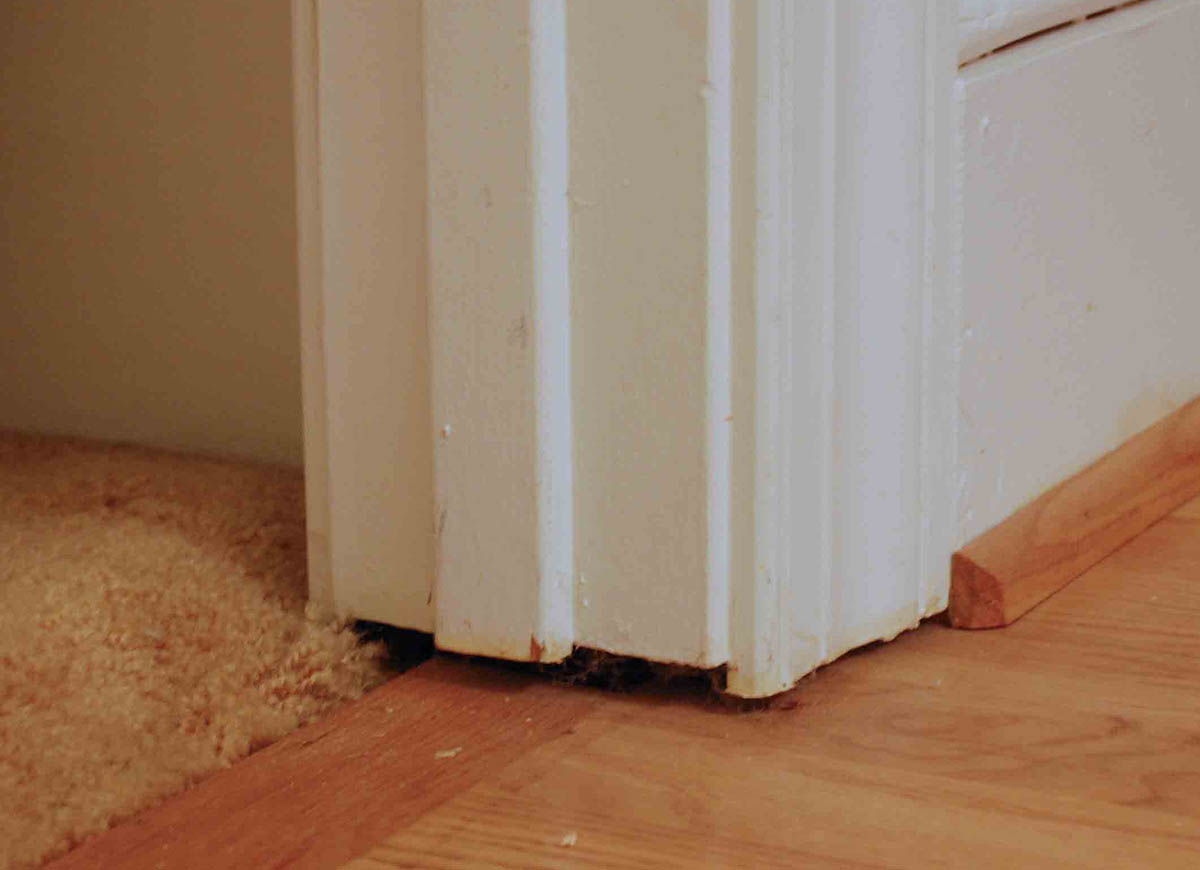
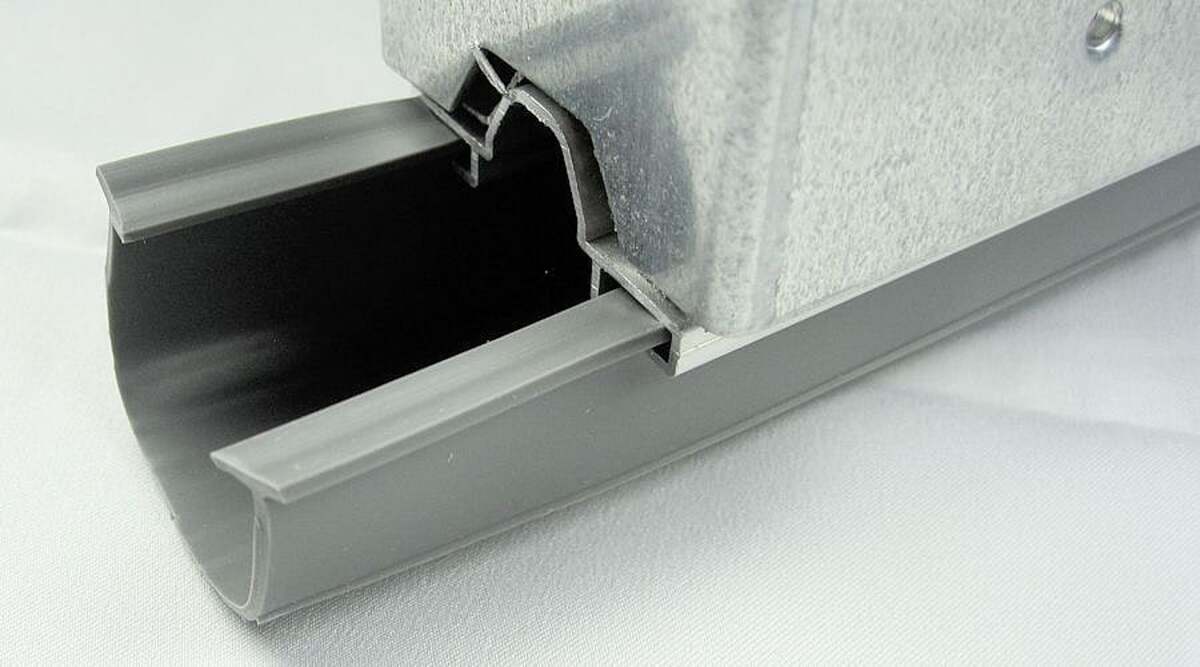
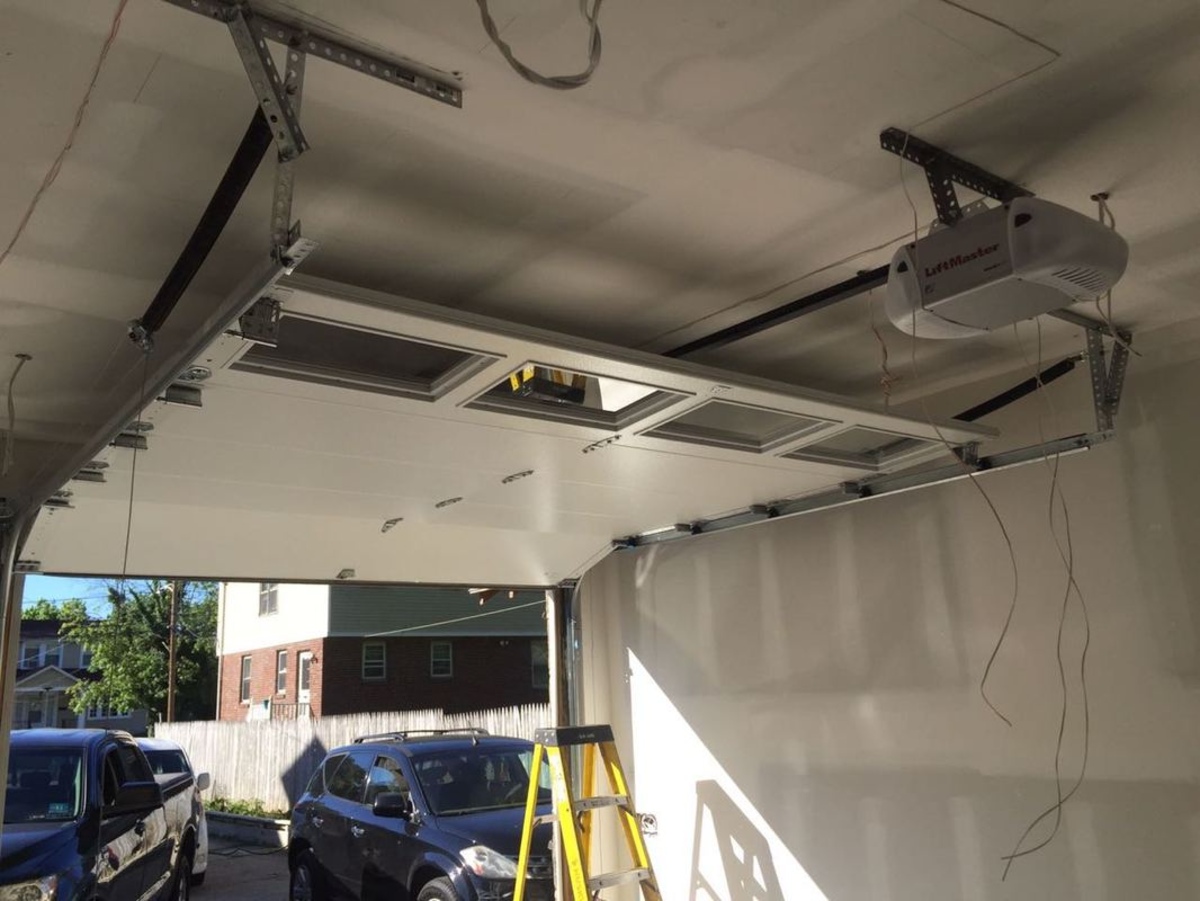

0 thoughts on “How To Repair Doors”